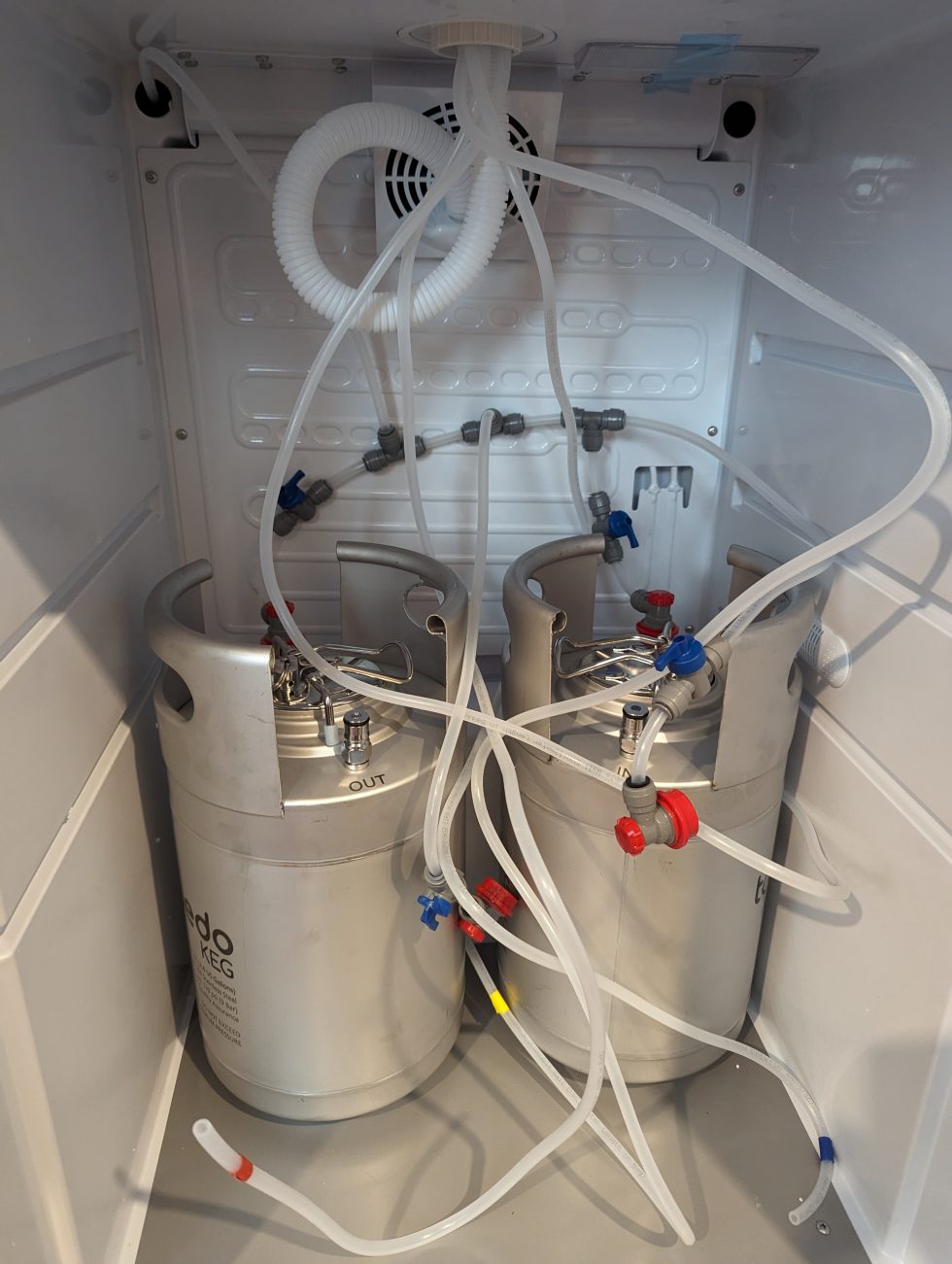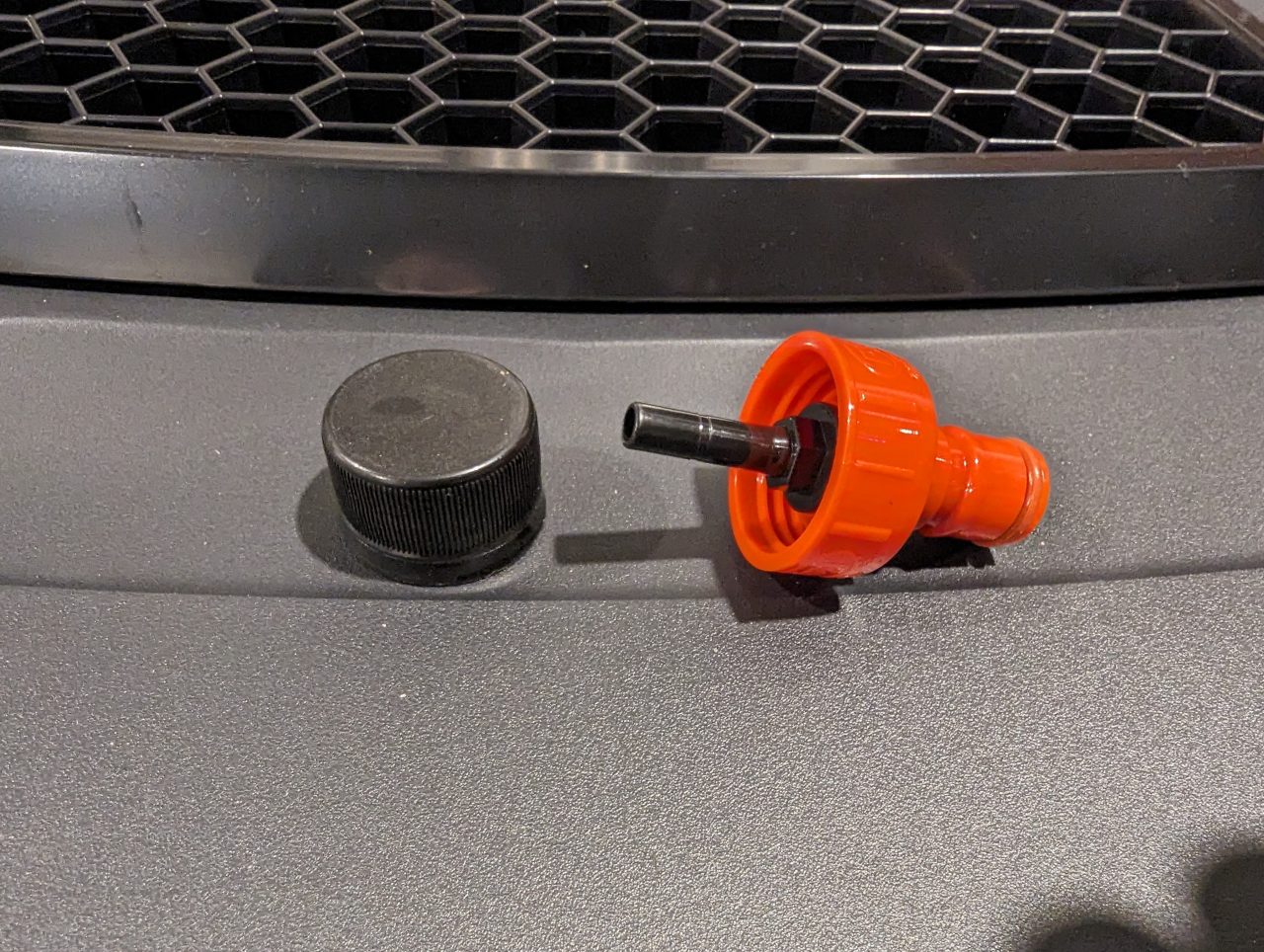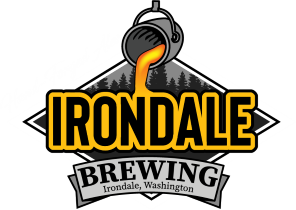Komos Kegerator Assembly - Part 2

It's been a bit since I did the initial assembly of the kegerator, but with all the necessary Duotight fittings in hand and a bit of free time today, I was able to run all the CO2 lines. In the interim I also got two 2.5-gallon batches of beer brewed -- an American Red Ale and a Porter -- so I'll actually have some beer to put in here very shortly!
This post will be pretty short since in lieu of taking a ton of photos while I did things I just did a video of the end result.
Doing the gas lines wasn't nearly as time-consuming as installing the beer lines and taps -- it basically just involved putting things in place and guesstimating the gas line lengths before cutting to what seem to be more or less the right size.
It didn't come out quite as neat and tidy as I would have liked but it's not bad, and will be much better when I coil up the beer lines. I did order more gas line for future refinement but I'll see how this goes for a bit.
I almost pulled the trigger on a Duotight regulator board but I figured I'd keep things simple for now and wait to see if I'd actually use one, since at this point all the types of beers I tend to make are fine at the same carbonation level, and I definitely don't see hard seltzer in my future.
I'll point out just a couple of things -- one is the carbonation cap that screws into the port on the back of the kegerator where the gas line comes in.

I'm not sure why the kegerator only comes with the soda bottle cap you see on the left that covers the port when it's not in use. Without this carbonation cap, once you run a gas line into the kegerator you either have cold air escaping out the back of the kegerator, or you'd have to jam some insulation in there of some sort which would be a mess. Plus, the ball lock quick disconnect is super handy. To use this carbonation cap you'll also need this reducer to go from the 6.35 mm barb to a fitting for the 8 mm outer diameter Duotight gas line. For \$8 and a lot less hassle this is a must in my opinion.
I also added a ball valve shutoff on each line. This meant more cutting and more "stuff" going on (and yes, more places for potential leaks), but since I may not always have four kegs going simultaneously it'll be nice to shut off the lines I'm not using individually. Also if I'm swapping out a keg or doing any cleaning I can turn off individual lines since from what I understand the ball lock itself maybe isn't as reliable as this ball valve shutoff at preventing gas from coming out when it's not connected to a keg.
It was fun to finally get this all put together. Next step is to clean and sanitize the kegs, get it chilled down, and get some beer flowing!
